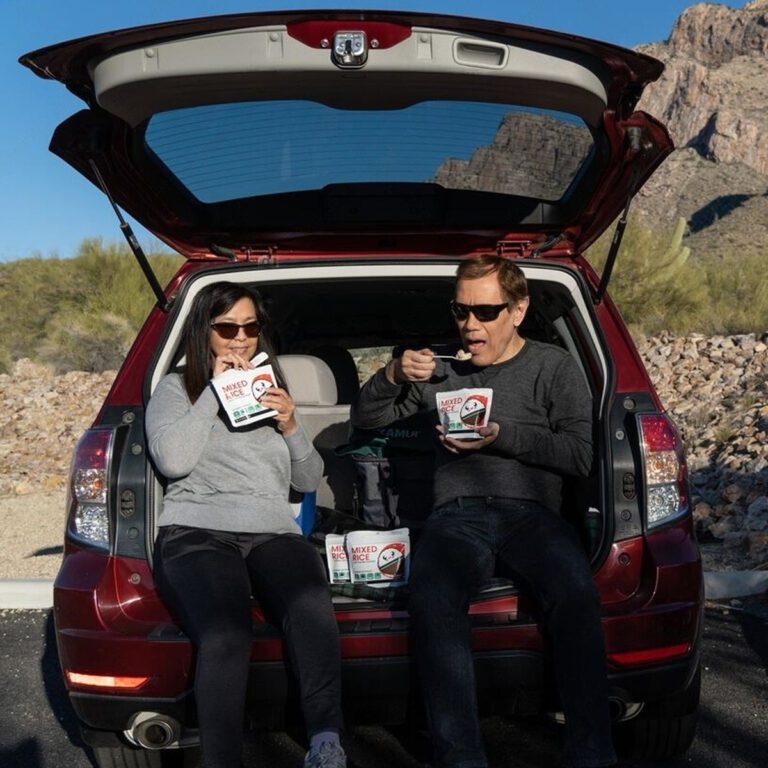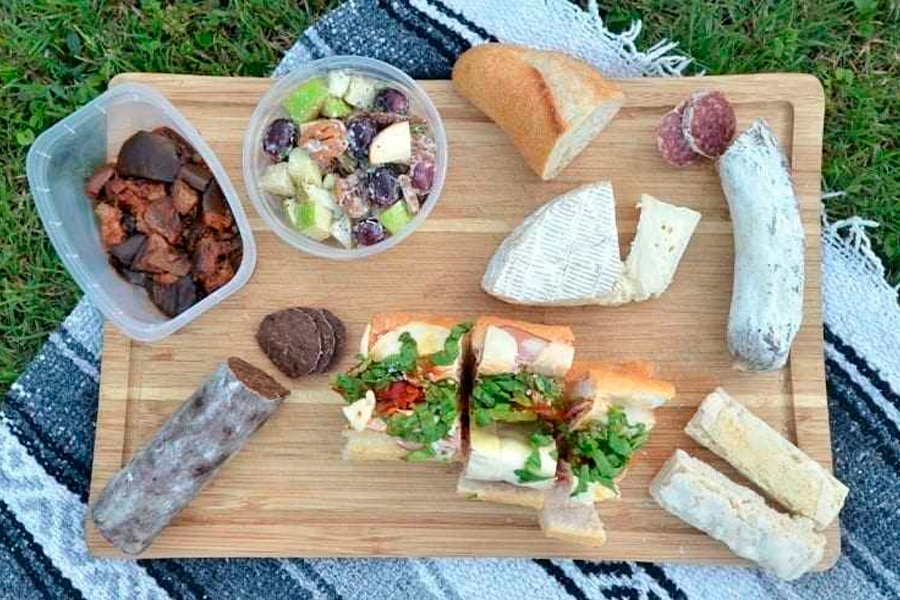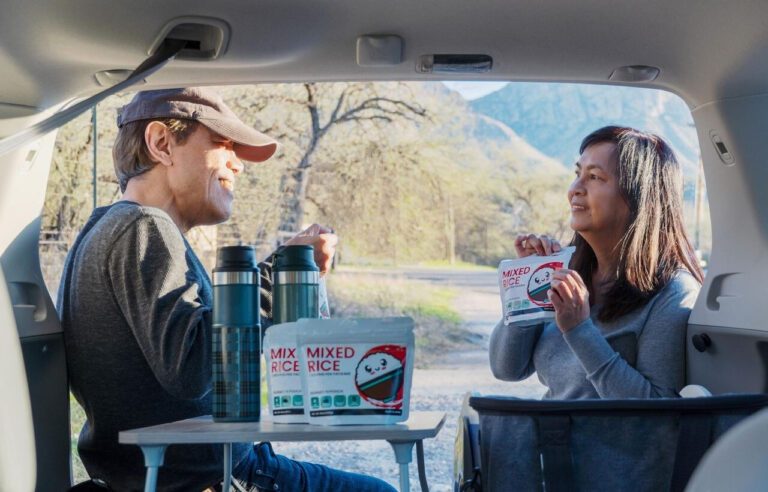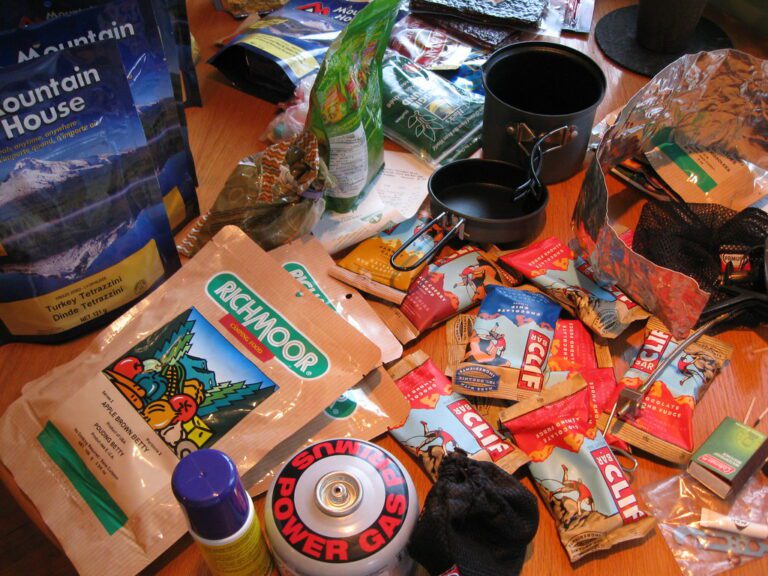Phone
+1-650-666-095
Contact E-mail
[email protected]
Address
16192 Coastal Hwy, Lewes, DE 19958-3608
6 Foods with Long Shelf Life: A Guide to Stocking Your Pantry
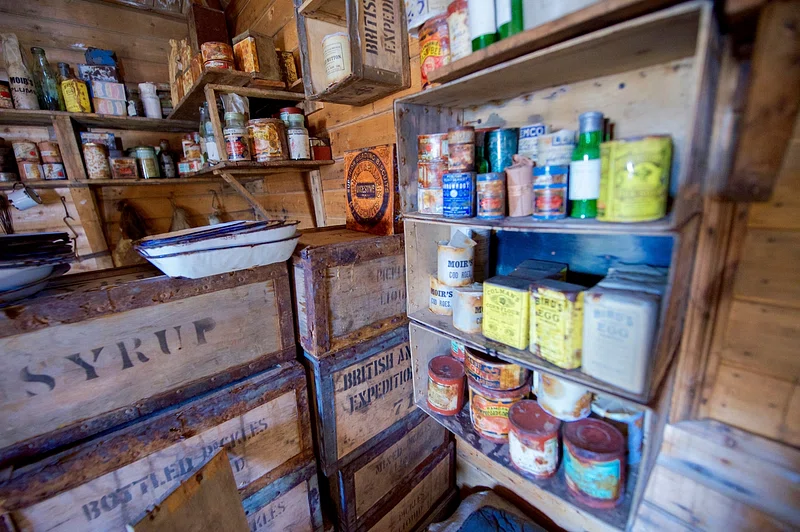

We have prepared a list of foods with a long shelf life. These are great if you’re looking for a sense of security at home and easy food on the trail so you don’t run out of rations. We love to use them as staples and a weeknight dinner option when you’re out of ideas on what to make. If you have them on hand, you are prepared for unpredictable times.
This is crucial for both our outdoor lives and preparing for emergencies. We also love them because they reduce the number of times we go to the grocery store.


6 Types of Foods with Long Shelf Life
These are the types and specific foods with a long shelf life:
1. Canned and Jarred Goods
If it comes in a can or jar, you are sure to have something that will last longer. Jarred or canned foods are preserved by sealing, and they offer amazing options for storage. One can jar or can almost anything under the sun, including vegetables, fruits, meats, fish, soup, and stew. We do believe everyone has something canned or jarred in their pantry. Why is this? Because they have a long shelf life and are easy to store. They represent great options as a side or even a main dish.
How does all of this work? The preservation happens by locking in nutrients and flavor through canning. This process ensures that the food experiences minimal loss of its true vitamins and minerals. One will need an airtight, heated container to destroy harmful bacteria. We can use canned tomatoes and canned peaches for dessert. When fresh meat is unavailable, canned meats and fish, such as tuna and chicken, are excellent protein sources, with two to five years of shelf life. Canned tuna is a pantry staple, but canned chicken is versatile in soups and stews.
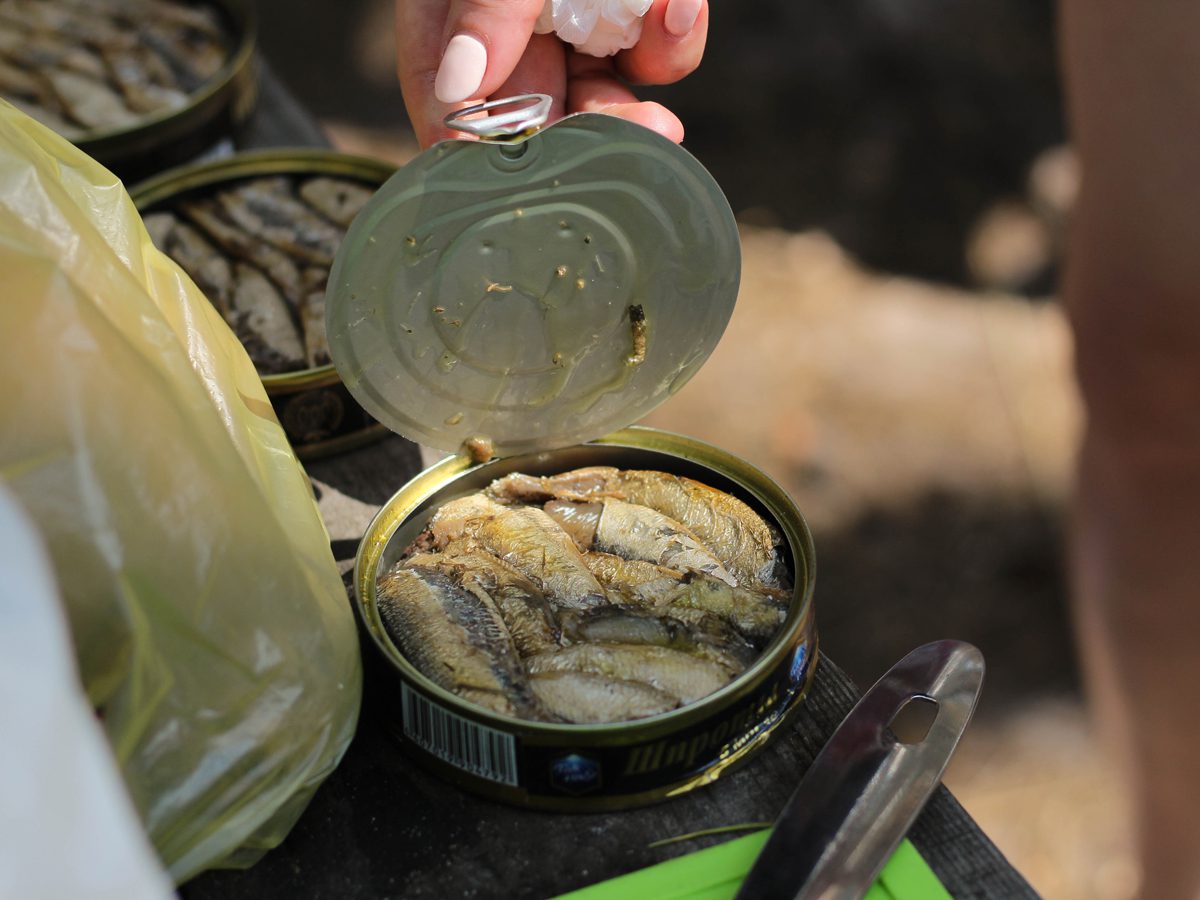

2. Dehydrated Foods
Dehydration is a great process when it comes to food, but not for living beings. Still, dehydrated fruits, vegetables, meals, and ingredients are delicious and will keep you from dehydration since they need much water to rehydrate. When we say dehydrated, that also means a long shelf life. Aside from freeze-dried options, you can also enjoy dehydrated fruits and vegetables like apples, pears, mushrooms, and berries.
Options like powdered eggs have an extended shelf life and are considered foods with a long shelf life. They require only the addition of water and occasionally boiling, but the best part is that they last up to 20 years if stored in the correct circumstances. If you ask us, they are ideal for camping and preparing for emergencies. You will often find them prepackaged in a serving for one to two people, making them extra convenient.
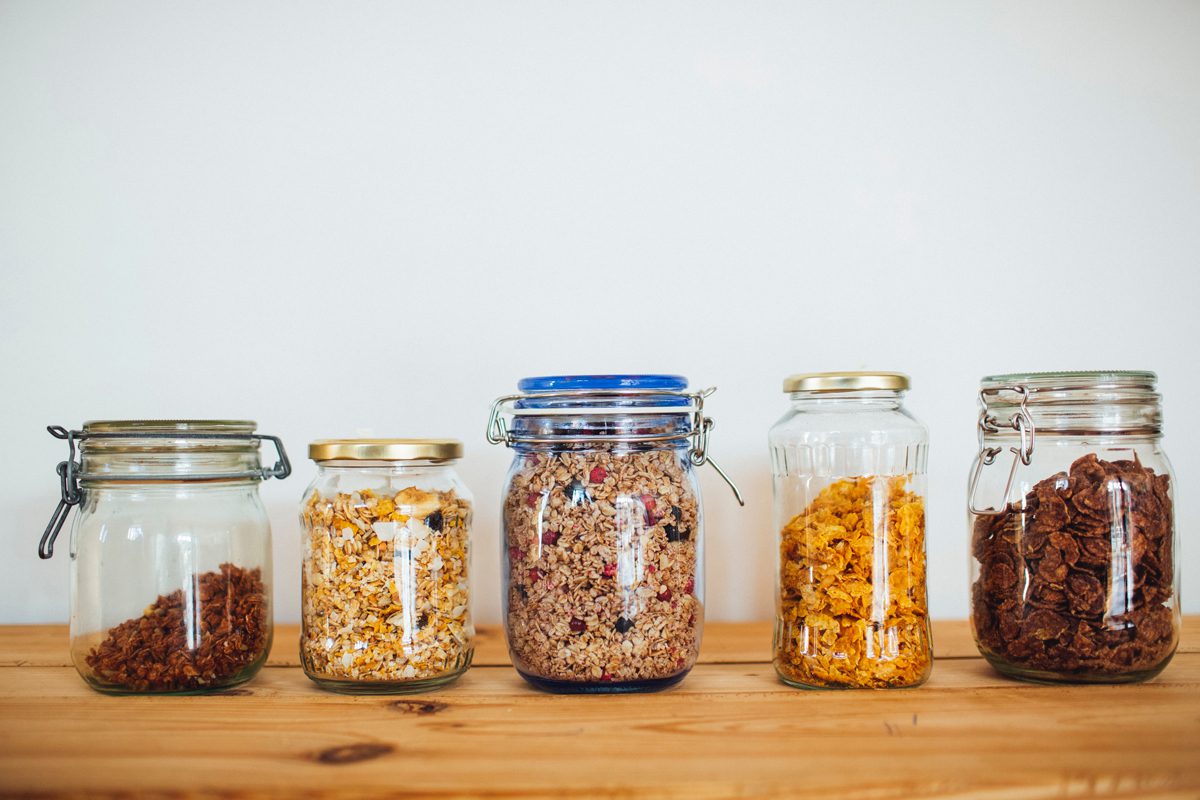

3. Freeze-dried foods
Out of the foods with long shelf life, one truly stands out: freeze-dried food. It has an exceptionally long shelf life because it undergoes a process that dries and freezes it. This freeze-drying process removes almost all of the moisture inside the food, which makes it so good—because the minimal moisture in the food also minimizes the chance of spoiling. Storing them in airtight containers or Mylar bags can last 20 to 30 years. If you add oxygen absorbers and store them in low-humidity, dark areas with low temperatures, you can get the best out of them.
This is why we love these camping options—they’re great for long-term storage and can always be kept in the back of your trunk, so you’re prepared for any type of emergency. A pro tip is to bring them camping or backpacking as a backup ration because they can last long.
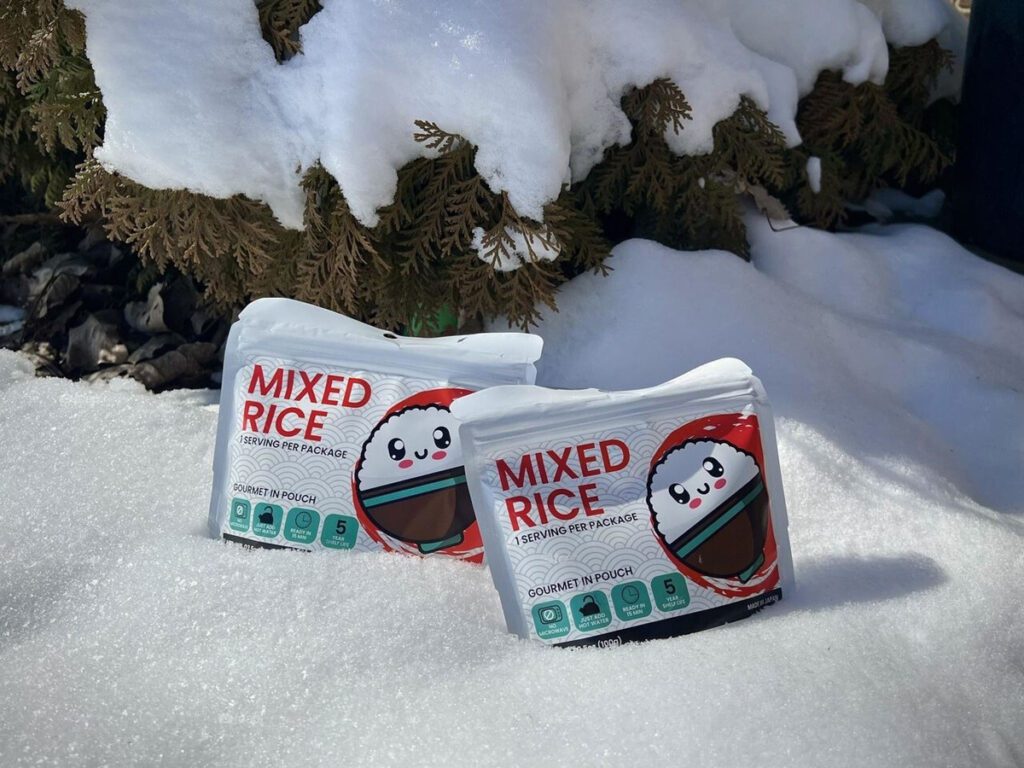

4. Fermented Foods
Who doesn’t love pickles? But fermented foods are not just that; they include sauerkraut and other options. We love them because they most often come in a jar and will last for the long term. They have an extended shelf life, lasting up to two years. Why do we love them? They have a special umami taste because of being preserved. But how do we do that? This is a process called brining or fermentation, which extends the shelf life of the vegetable and, in some cases, can even add to its nutritional value.
This means you get the same nutrients from pickles and sauerkraut, with the extra added probiotics. Why are they important in survival situations? You need them because they promote gut health and aid digestion. One can pickle not just sauerkraut but also cucumbers, beets, and other vegetables. We love them because they have an umami taste that we enjoy adding to every meal.
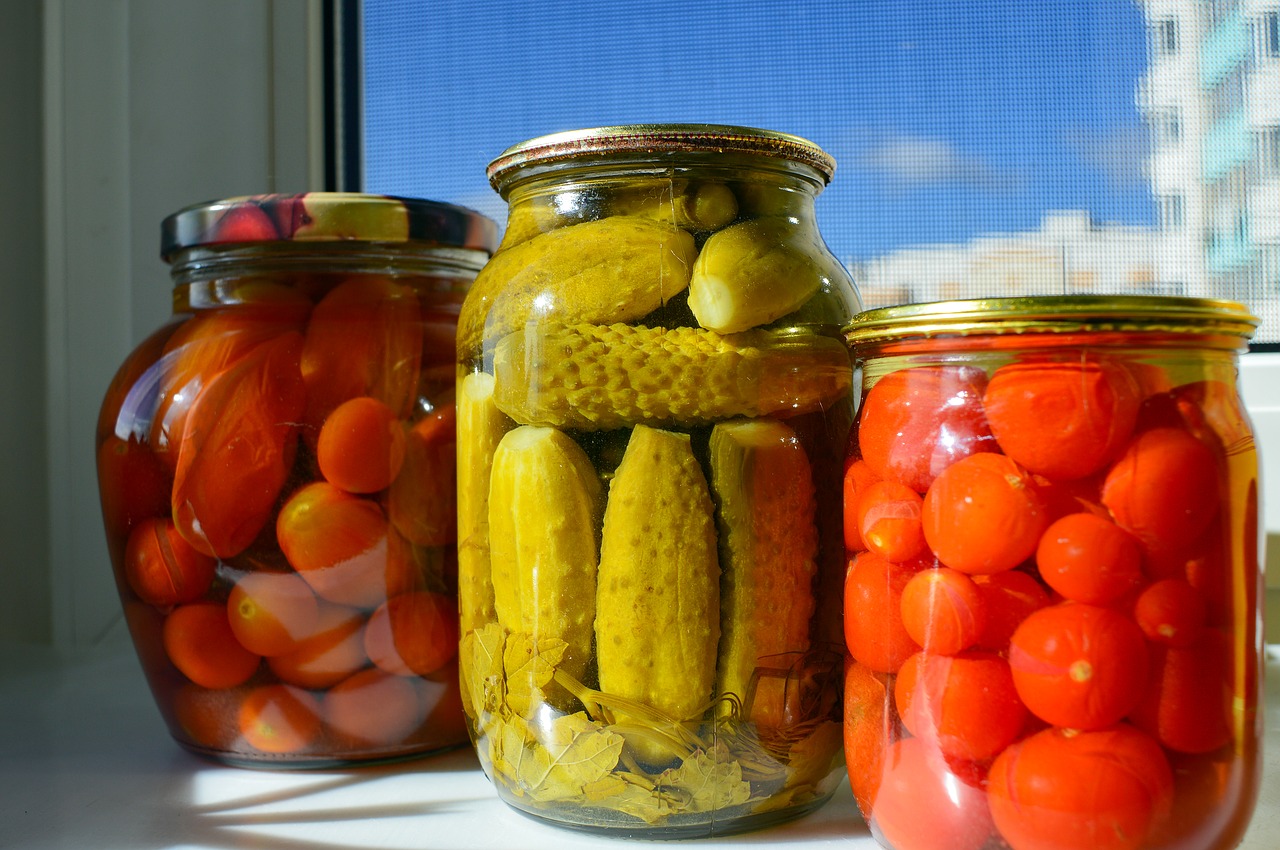

5. Basic Ingredients
You might be thinking to yourself, “What are basic ingredients, and do I really need them?” These items include salt, flour, sugar, and other spices. Now that you know what these items are, do you think any pantry can go without them? If you ask us, these essential pantry staples have a long shelf life but must be stored correctly. Most must be stored in an airtight container, which will help minimize the humidity and prevent your flour, salt, sugar, or other ingredients from becoming rigid and sticking together.
This way, they won’t absorb moisture or odors from nearby items—because no one wants that! The shelf life of these items can be up to one year when stored correctly, meaning in a cool, dry place with minimal airflow. Still, sugar and salt are pantry staples with an indefinite shelf life if stored correctly, but they may degrade over time.
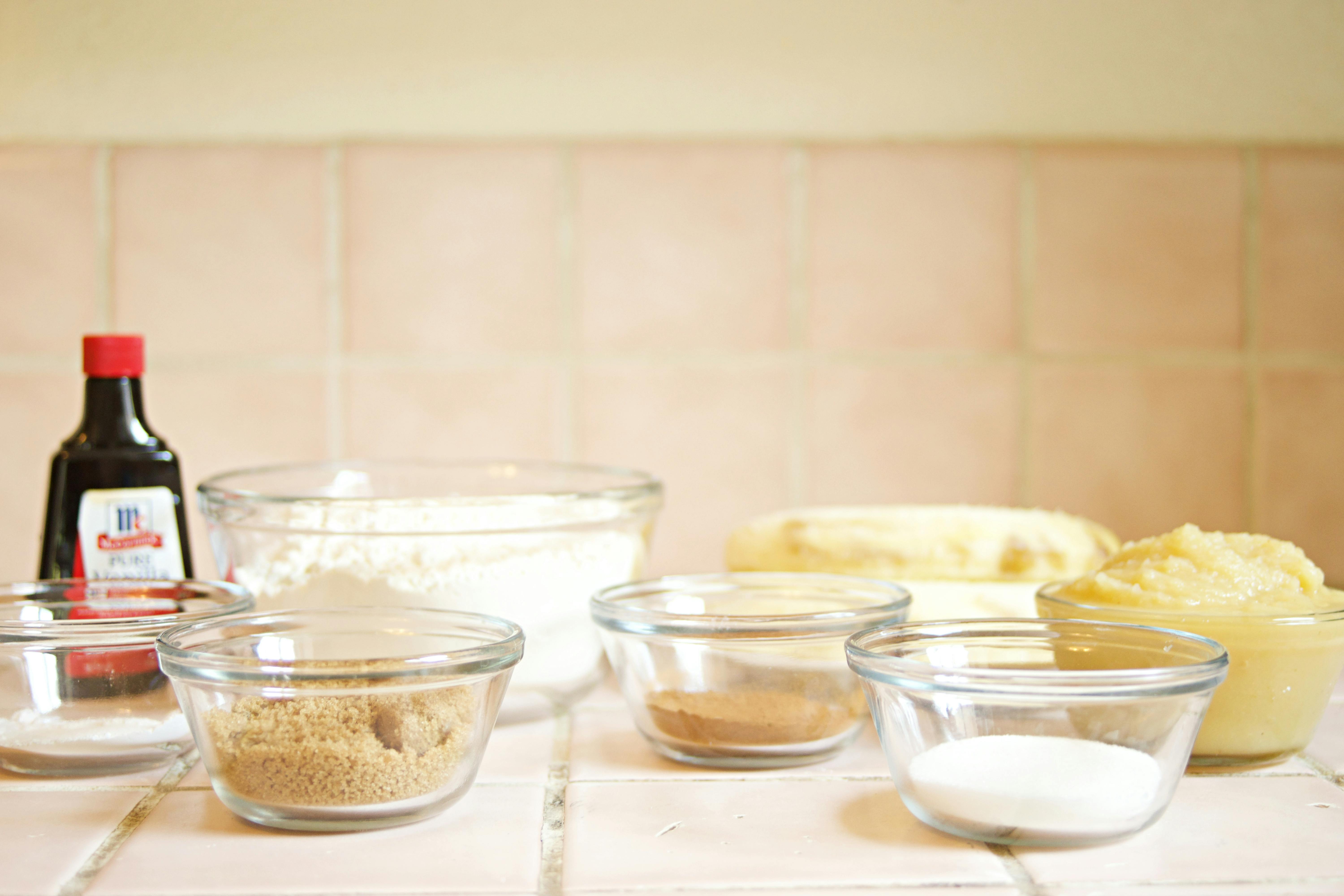

6. Other Ingredients
We talked about basic ingredients, and now you may need even more. Other ingredients we need in our pantry include grains, rice, pasta, and legumes. Grains are the base of healthy eating, and one can include them in almost any dish because they add nutritional value and have a long shelf life. We love them for that last thing—the long shelf life—because these are genuinely staples for survival. When unopened, they can last up to two years.
Now, what are the must-haves? They include beans, lentils, pasta, quinoa, chickpeas, bulgur, and almost anything else you can find at home. You can quickly and easily incorporate them into chilies, stews, sauces, and any meal that combines protein and fiber.


8 Tips for Long-Term Food Storage
- Glass jars: Using glass jars for dry goods, such as flour, sugar, spices, salt, and rice is another effective storage method. Glass is non-porous and doesn’t absorb any odors or flavors from the air, making it perfect for protecting against moisture and pests. We recommend storing food in clear jars and marking them with the date and contents label.
- Dates matter: Labeling and dating the food in your storage is essential, whether using jars, bags, or cans. This way, you will track when each item was stored and when you should use it.
- Rotation: If you want to rotate your stock, make sure to place the new items behind the older ones. This way, the older products will be used first, unlike the newer ones, which will be used later.
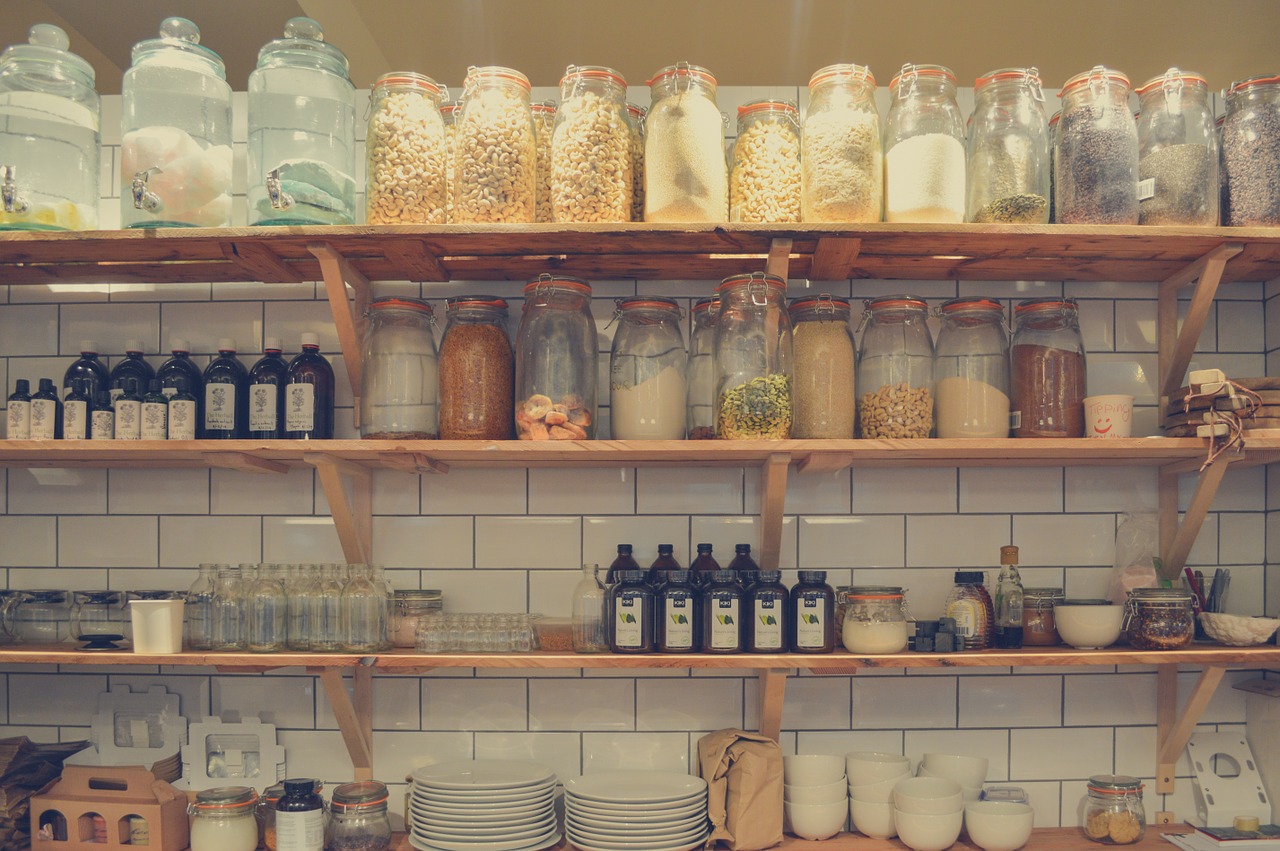

- Vacuum sealing: If you have some meats, cheeses, or other quickly perishable items, vacuum sealing is a great option for a long lasting food. Removing the air from your storage bag will minimize freezer burn and maximize space in your freezer.
- Mylar bags: Using mylar bags for food preservation is a tip not many people talk about because they’re not that popular. But if you want to extend the shelf life of almost any food product, place them in Mylar bags. One can put pasta, grains, and legumes inside them, and they will also protect against moisture and oxygen.
- Storage: Food should be stored in cool, dark places. The best temperature is 15 to 70 degrees Fahrenheit, which will minimize the degradation process. One can also dry food in the sun or near a fire, which is similar to dehydrating. This type of processed food can be stored longer and last longer in a fridge. One can dry fruits, vegetables, and meats.
- Refrigeration is a great process for storing foods, even fresh produce. This method will extend the shelf life of your food. Even in a survival situation or while camping, one can hook their refrigerator onto an engine generator or use a cooler.
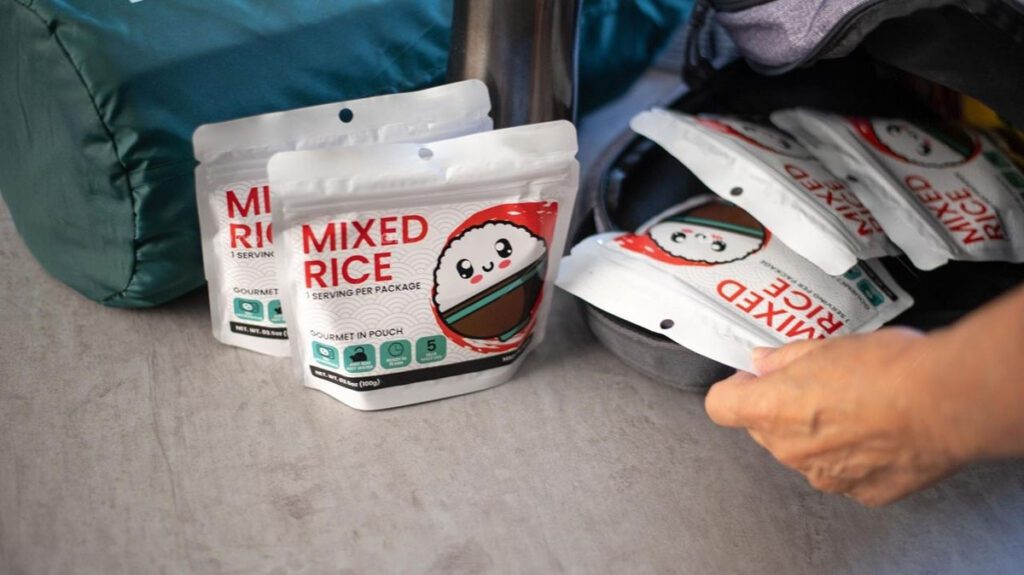

Foods With Long Shelf Life Idea: KAMUI Camping Food
Now, do we have a treat for you? If you really want to experience the authentic taste of Japanese food, you can do so with KAMUI Mixed rice. These dehydrated and freeze-dried meals can be prepared for camping, backpacking, or even prepping. They are easy to prepare: just add hot water and enjoy them in 15 minutes.
Conclusion
When it comes to long term food storage, and good survival food, the champions are canned and dry foods. We hope you enjoyed what we’ve prepared for you and that you will try out all of these foods with a long shelf life. Most importantly, we hope you learned how to store them long-term.
- Made with 100% Japanese rice
- Authentic taste of Japanese cuisine
- Tasty freeze-dried meal
- Add hot water. Ready in 15 minutes



